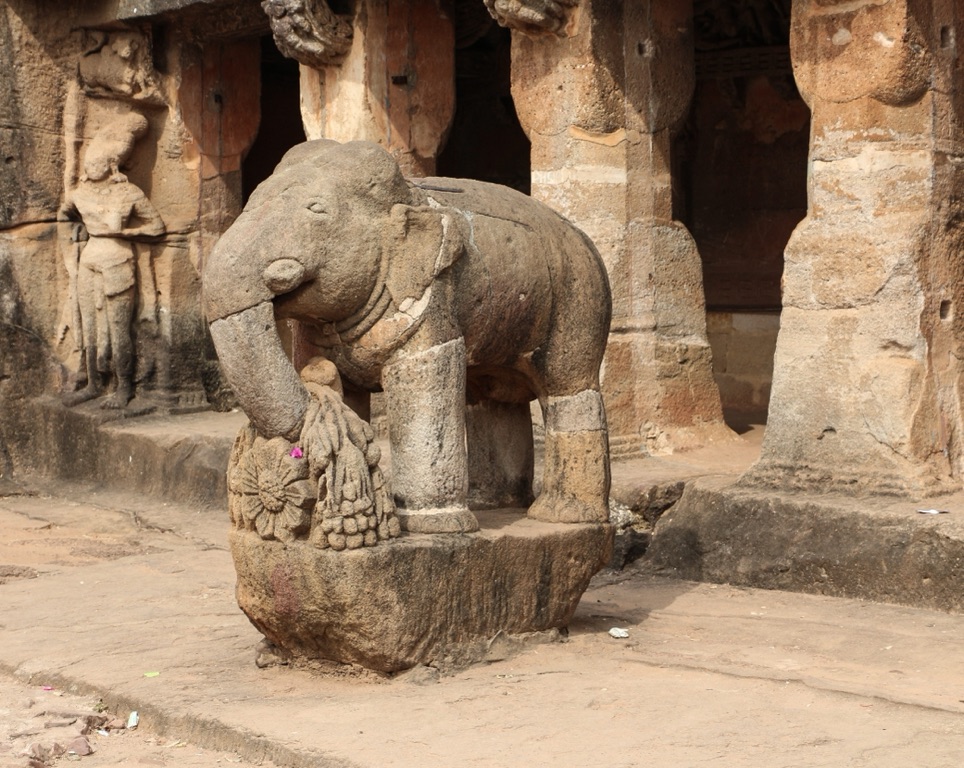Summary
Historical Significance of Udayagiri
The Udayagiri caves herald an era of artistic and religious expressions in India, providing a unique insight into the cultural landscape during the 4th and 5th centuries AD. Nestled in the state of Madhya Pradesh, these rock-cut sanctuaries embody the prowess of the Gupta Dynasty. They are famous for intricate carvings and monumental sculptures of Hindu gods and goddesses. Most notably, the site is home to the iconic ‘Varaha Avatar’ of Lord Vishnu, illustrating the blend of mythological narratives with the natural environment.
Get your dose of History via Email
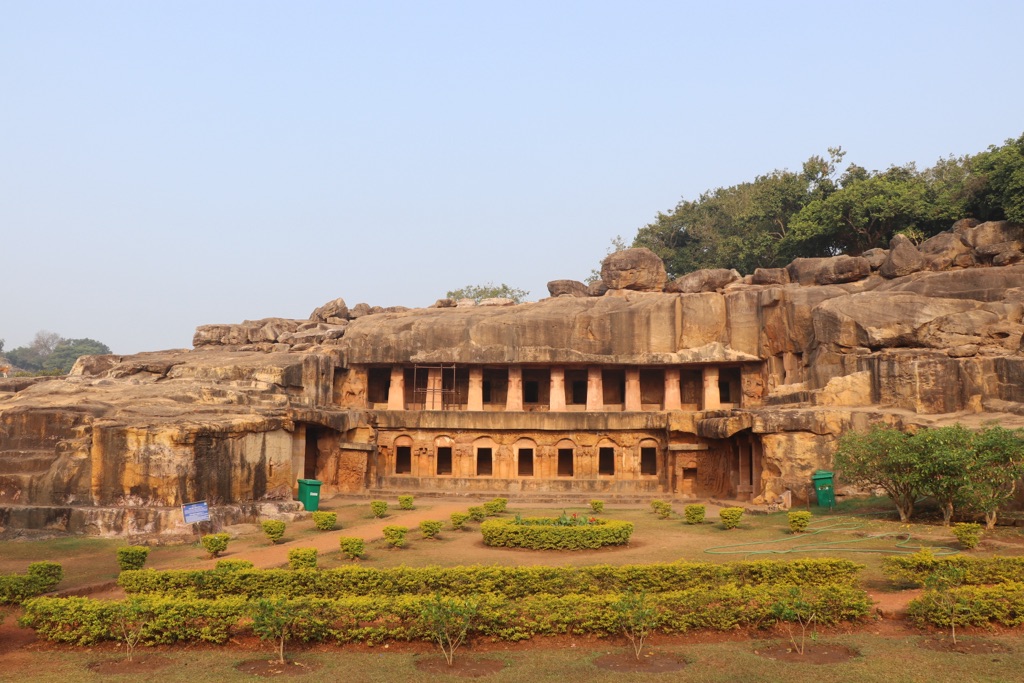
Architectural Mastery and Iconography
Udayagiri’s twenty rock-cut caves exhibit architectural mastery, featuring a range of intricate designs and motifs. These caves, each numbered for reference, display a variety of sculptures and rock inscriptions. The iconography within the caves reflects the Gupta Dynasty’s religious pluralism, with Hindu, Jain, and Buddhist influences. Cave 5, in particular, stands tall as an important archaeological and religious landmark, with detailed reliefs narrating the legends associated with Lord Vishnu.
The Visitor Experience at Udayagiri
Visitors to Udayagiri can expect an immersive journey through one of ancient India’s most revered artistic endeavors. As you meander through the caves, the stone narratives reveal the spiritual beliefs and artistic talents of a bygone era. Tourists can take guided tours that shed light on the history, architecture, and iconography of the site. The serene atmosphere and the panoramic views of the surrounding landscape add to the allure, making Udayagiri a must-visit for history buffs and art enthusiasts alike.
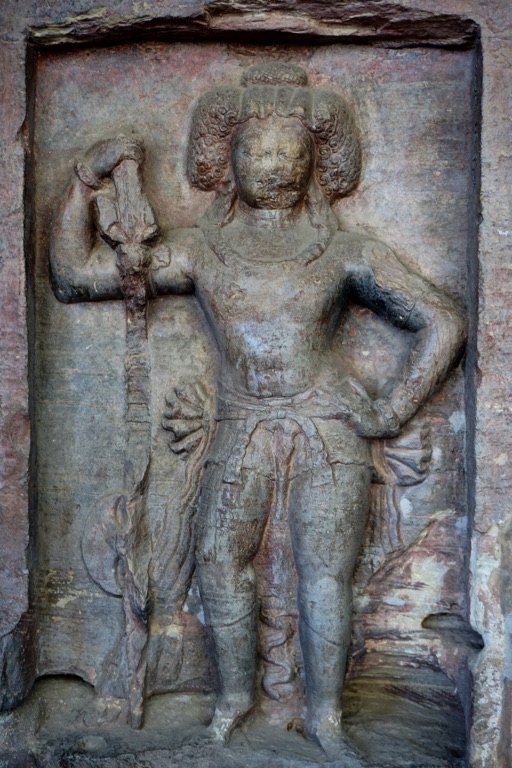
Historical Background of Udayagiri caves
The Udayagiri caves in Madhya Pradesh, India, stand as an enduring testament to the region’s rich historical interweaving of culture, religion, and art. Dating back to the early 5th century, they are a remarkable series of twenty rock-cut caves. They were carved during the reign of the Gupta Empire, a period widely regarded as the “Golden Age” of India due to great achievements in science, politics, and the arts. These caves are particularly significant as they represent some of the earliest Hindu temples and are embellished with detailed religious iconography.
Gupta Dynasty’s Architectural Prowess
It’s evident that the Gupta rulers invested greatly in the Udayagiri caves as a means of showcasing their devotion and patronage to Hinduism. The caves serve as an early example of Hindu temple architecture, with hallmarks of design that influenced subsequent temple construction across India. Each cave reveals meticulous craftsmanship and the empire’s prosperity at the time. Moreover, the intricate carvings and stone work inside the caves display a mastery of artistry unique to the period.
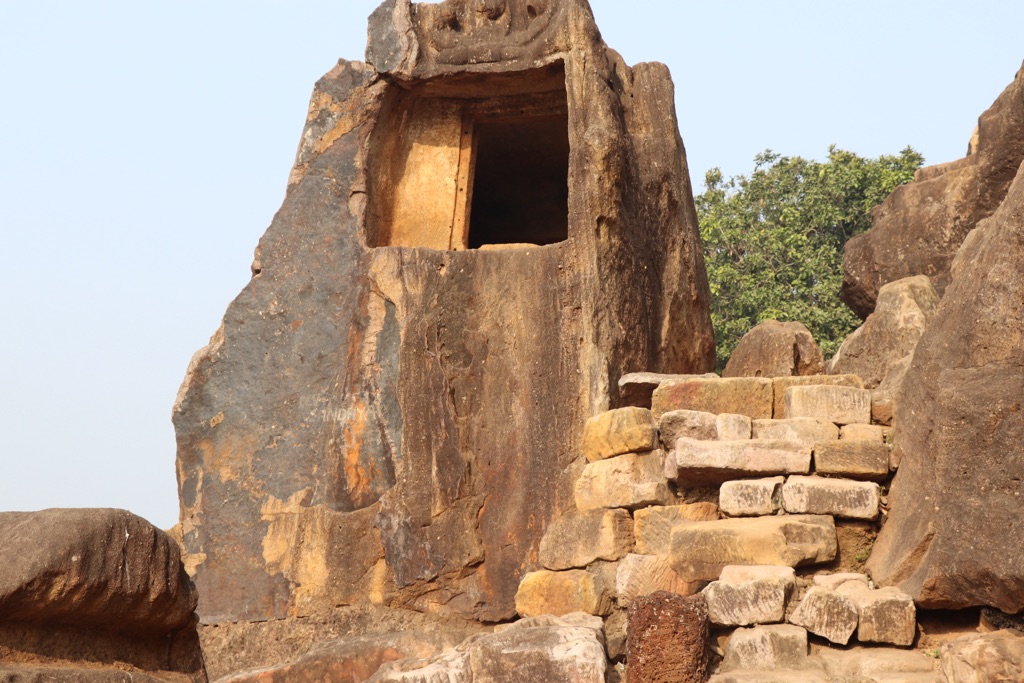
Iconography and Symbolism
The caves are replete with depictions of Hindu deities, such as Vishnu, Shiva, and Durga, presenting a panorama of divine expressions that were central to Gupta religious life. One of the most famous sculptures found here is the Varaha Avatar, a colossal image of a boar-headed Vishnu lifting the Earth goddess out of the ocean. This particular representation is significant not only for its size and craftsmanship but also for the symbolic portrayal of Vishnu’s role as preserver of the universe.
Religious Harmony and Influences
While the caves are predominantly Hindu, there’s evidence suggesting that the site was open to other religions, exhibiting an environment of religious harmony. Inscriptions and lesser-known carvings within the complex suggest Jain and Buddhist influence, which implied a degree of religious tolerance during the Gupta period. Such pluralism in the religious landscape of Udayagiri has become a subject of interest and study for historians and archaeologists alike.
Today, the caves are a significant historic site, preserved for their contribution to Indian heritage and culture. They draw visitors from around the world, who come to witness firsthand the ingenuity and spiritual dedication of an empire that shaped much of India’s artistic legacy. As excavations and studies continue, the Udayagiri caves offer an ongoing opportunity to uncover and understand the storied tapestry of India’s ancient civilizations.
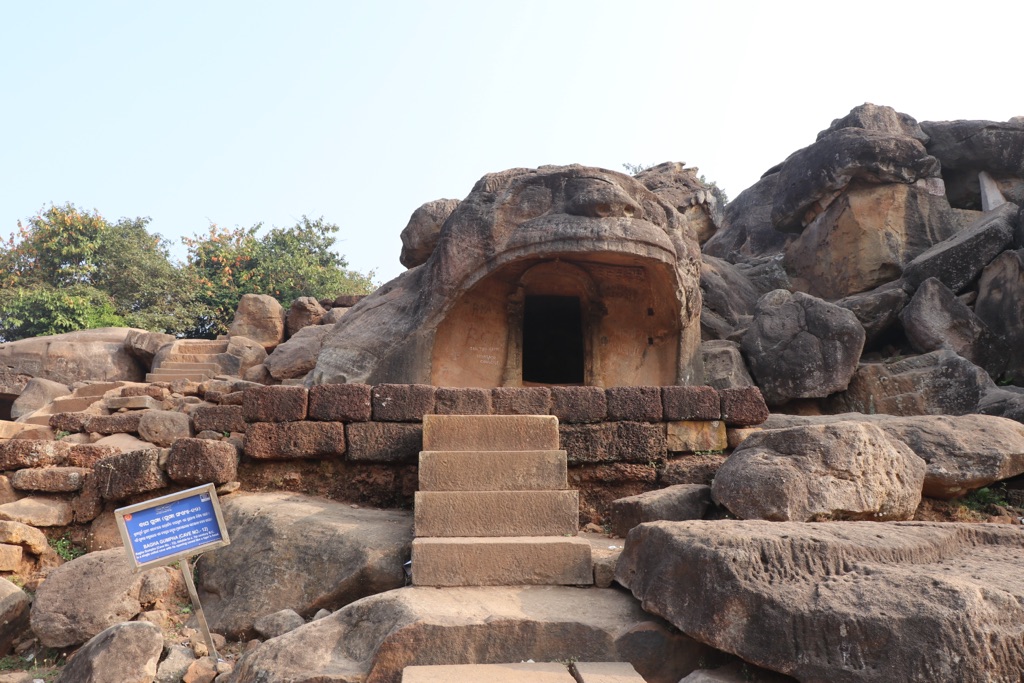
The Discovery of Udayagiri caves
Initial Rediscovery Efforts
Long shrouded in the mists of time, the Udayagiri caves’ rediscovery is a tale of chance and scholarly pursuit. It was in the 19th century when British officers stationed in India stumbled upon these ancient rock-cut formations. Yet, it was not until the interest of archaeologists was piqued that comprehensive documentation began. Notable Indian archaeologists and historians undertook the task of uncovering the caves’ past, slowly peeling back the layers of history that had settled upon them.
Formal Excavation and Research
The real turning point came when the Archaeological Survey of India (ASI) took notice. Formal excavations commenced in the late 19th century. The ASI unearthed inscriptions, sculptures, and architectural details that had remained hidden for centuries. These findings were critical in piecing together the site’s historical significance. They not only provided insights into the Gupta dynasty’s culture but also highlighted the caves as a center for religious and social gatherings.
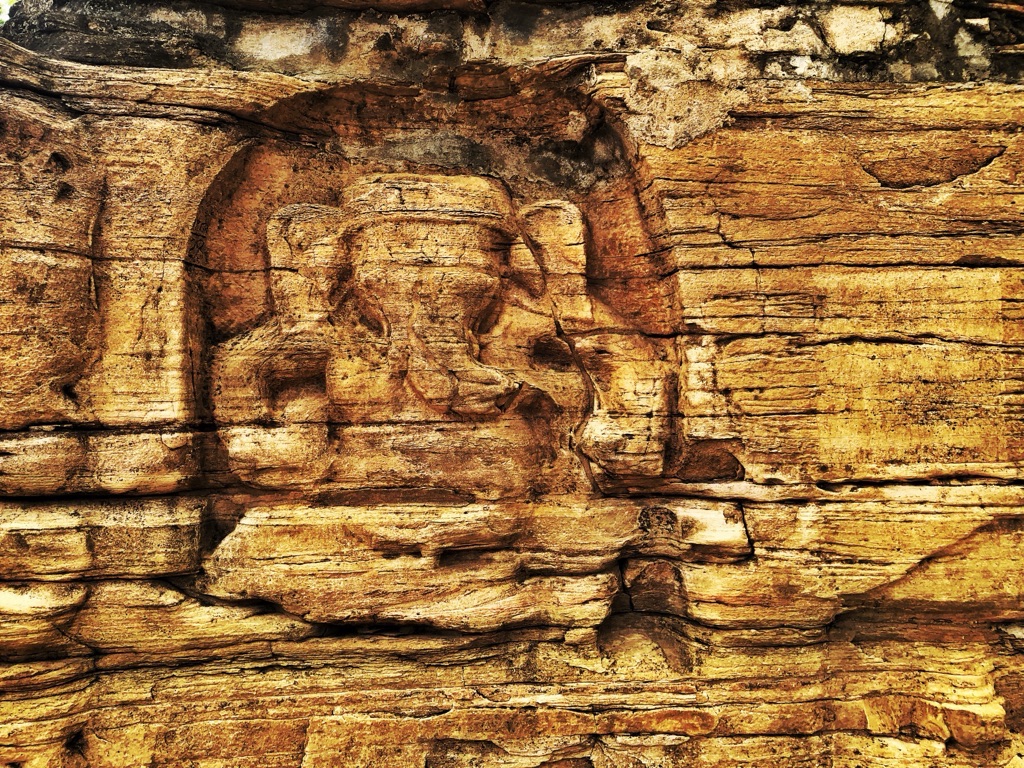
The Connection with Ancient Texts
Further study of the site established connections between the sculptures and inscriptions found within the caves, and ancient Indian texts. Particular references in religious scriptures and the chronicles of travelers verified the caves’ usage over extended periods. The detailed sculptural narratives were matched with stories from Hindu mythology. This established Udayagiri as a place of immense historical and mythological importance.
The caves, now considered a significant achievement of ancient Indian rock-cut architecture, have been meticulously preserved. They have been restored where necessary to maintain their structure and artistic integrity. The site serves as a crucial educational and cultural repository, revealing the complex rituals and artistic sensibilities of a bygone era. For modern-day India, the caves are a valuable heritage site that narrate a chapter of the country’s storied history.
Aspects of their preservation include the construction of barriers to protect delicate carvings and the imposition of strict guidelines for tourism. These efforts ensure that the Udayagiri caves can be appreciated not only by the current generation but also by those to come. Showcasing the fascinating journey from rediscovery to conservation, the caves remain a testament to India’s commitment to its historical legacy.
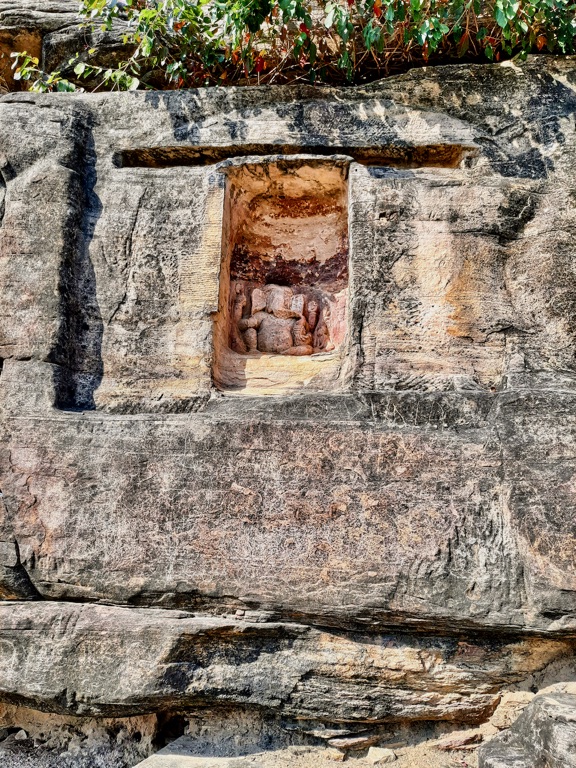
Cultural Significance, Dating methods, Theories and Interpretations
Heart of Spiritual and Artistic Expression
The Udayagiri caves have long held a place of prominence in the tapestry of India’s cultural heritage. These caves are a canvas that captures the essence of spiritual beliefs and artistic vigor dating back to the Gupta Empire. Carved into sandstone hills, they tell the tale of a civilization in tune with its spirituality and artistic expression. Each cave serves as a chapter that narrates stories from Hindu mythology, providing scholars with insights into religious life during the Gupta period.
Unveiling the Past: Radiocarbon and Thermoluminescence Dating
The dating of Udayagiri caves relies on scientific methodologies such as radiocarbon dating and thermoluminescence. While the historical records attribute the construction to the early 5th century, these methods have been instrumental in confirming the timeline. They analyze material remnants within the site, such as charcoal and sediment samples, to establish a more precise chronology. This aids in piecing together the sequence of events and understanding the period’s societal structure.
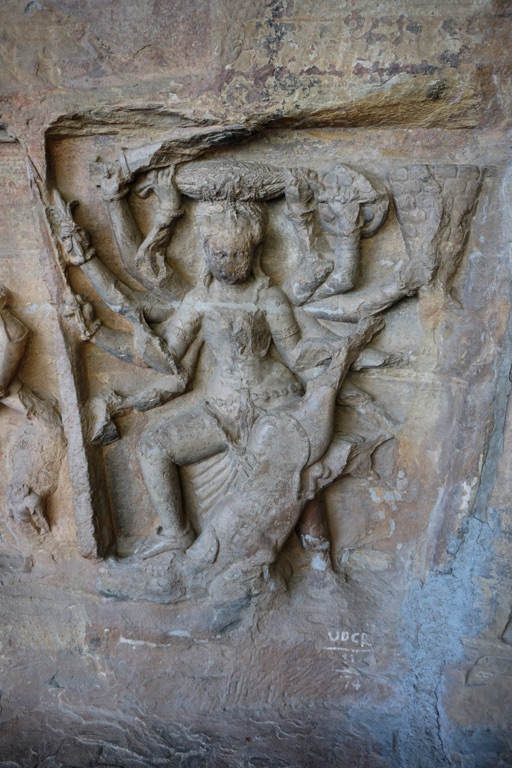
Theories and Interpretations of the Inscriptions
Various theories abound regarding the inscriptions and iconography within the Udayagiri caves. Some scholars read them as records of royal conquests and divine favors granted to the Gupta kings. Others view these inscriptions as a guide to understanding religious practices of the time. The diversity of interpretations highlights the site’s complexity and the myriad ways it has touched upon different domains of life—from the political to the divine.
Significantly, the caves encompass broader narratives that reflect influences beyond the immediate region. Art historians have pointed out similarities with the art styles prevalent in other parts of Asia, suggesting cultural exchanges and the spread of artistic motifs through trade or pilgrimage routes. This broadens the scope of Udayagiri’s cultural reach, placing it within a larger network of historical interactions across the ancient world.
Critical to the discourse on Udayagiri is the link between its structural complexity and the zenith of Gupta craftsmanship. The carvings and the architectural precision within the caves offer a glimpse into the technological advancements. They also show the societal priorities of the time. By studying these elements, one delves into the quintessential values that shaped the dynamics of an empire hailed as a beacon of ancient Indian civilization.
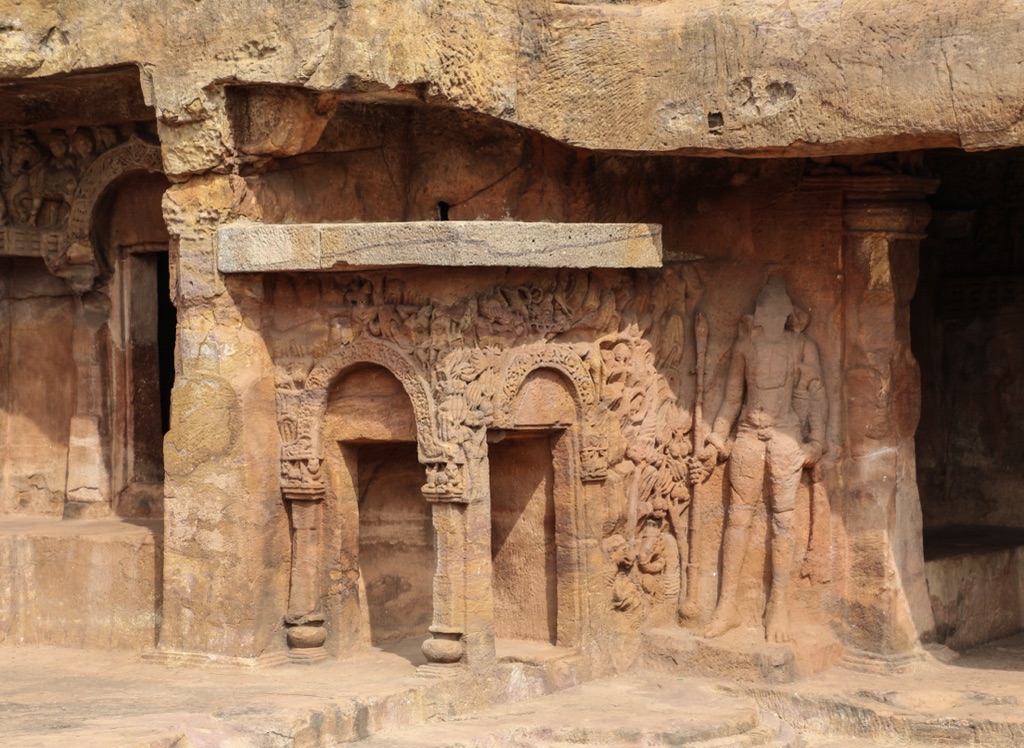
Conclusion and Sources
The Udayagiri caves represent a significant historical landmark, offering profound insights into the spiritual, cultural, and artistic achievements of the Gupta period in India. As a record of ancient Indian rock-cut architecture, they provide an irreplaceable link to understanding the evolution of religious practices and artistic expressions across centuries. Efforts to preserve and study these caves not only honor their past glory but also ensure that future generations can appreciate this heritage. The intricate carvings, monumental sculptures, and the enigmatic inscriptions continue to captivate scholars and tourists, making Udayagiri a cherished site of India’s historical panorama.
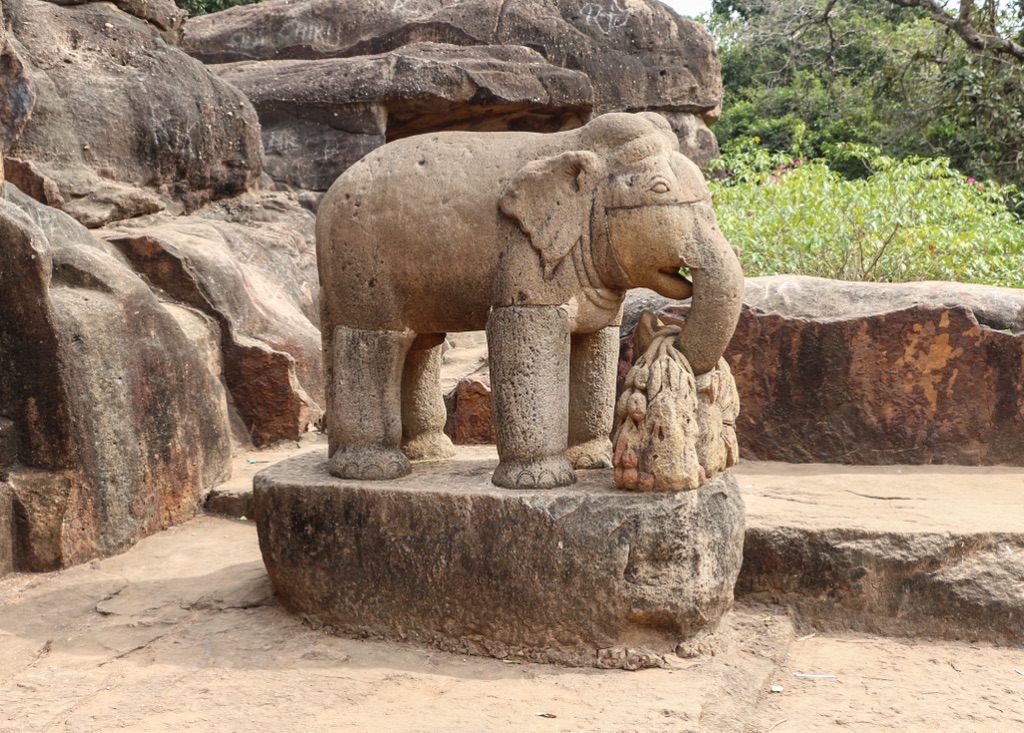
For further reading and to validate the information presented in this article, the following sources are recommended:
Or you can check any of these reputable archaeological and historical texts:
Waldschmidt, E. (1980). ‘The Udayagiri Caves near Vidisa’ in Sankalia, H. D., et al. (Eds.), Studies in the History of Buddhism. Delhi: B. R. Publishing Corp.
Huntington, S. L. (1985). ‘The Art of Ancient India’. New York: Weatherhill, which offers an extensive photographic survey and analysis of Buddhist, Hindu, and Jain art and architecture.
Willis, M. D. (2009). ‘The Archaeology of Hindu Ritual: Temples and the Establishment of the Gods’. Cambridge: Cambridge University Press, giving insights into the connection between architectural spaces and their religious functions.
Mitra, D. (1971). ‘Udayagiri and Khandagiri Caves’. Calcutta: The Archaeological Survey of India, providing detailed descriptions and interpretations of the cave’s inscriptions and iconography.
Singh, U. (2008). ‘A History of Ancient and Early Medieval India: From the Stone Age to the 12th Century’. New Delhi: Pearson Education, which contains information on the political and cultural history of the Udayagiri region during the Gupta era.

